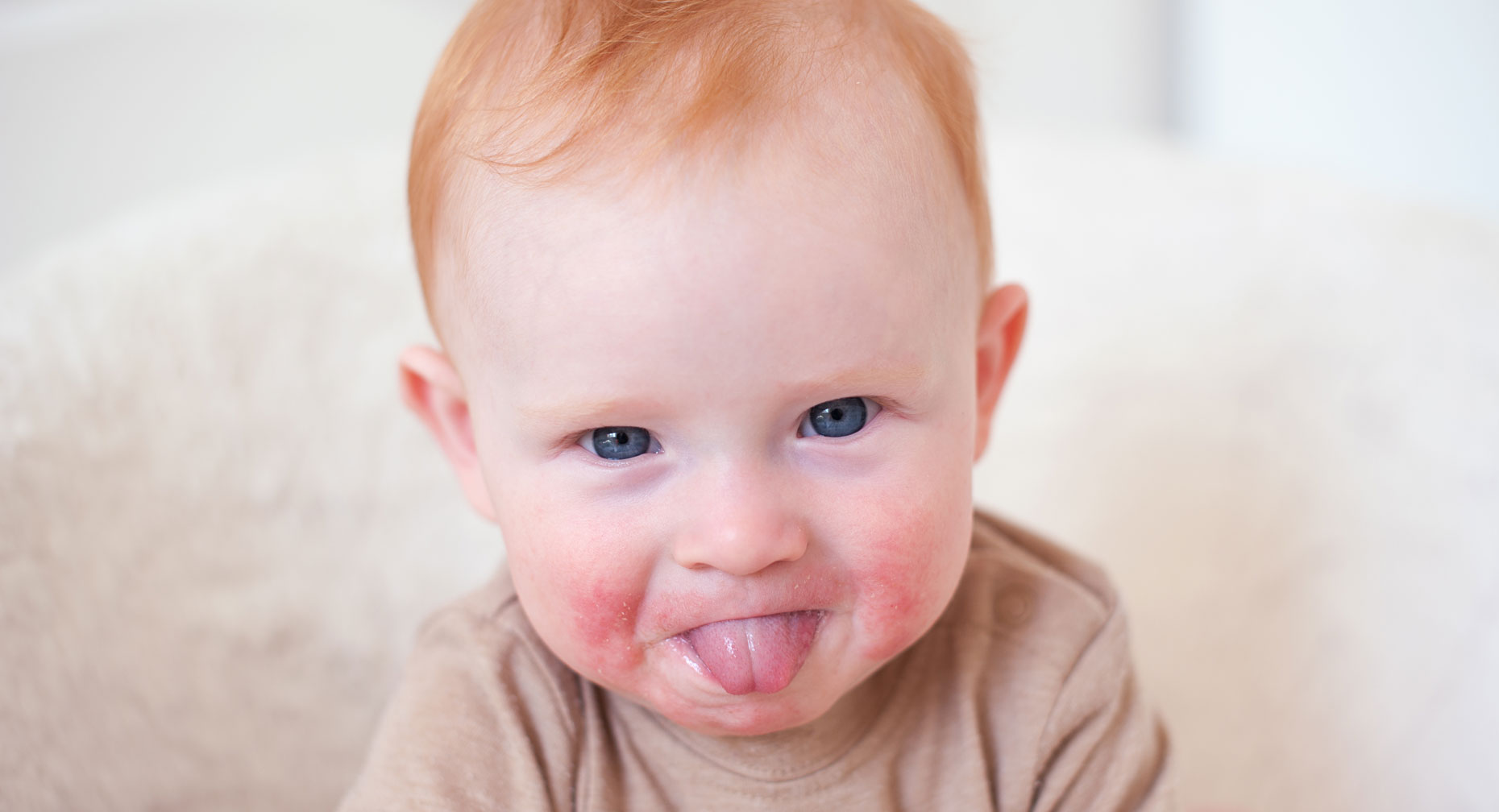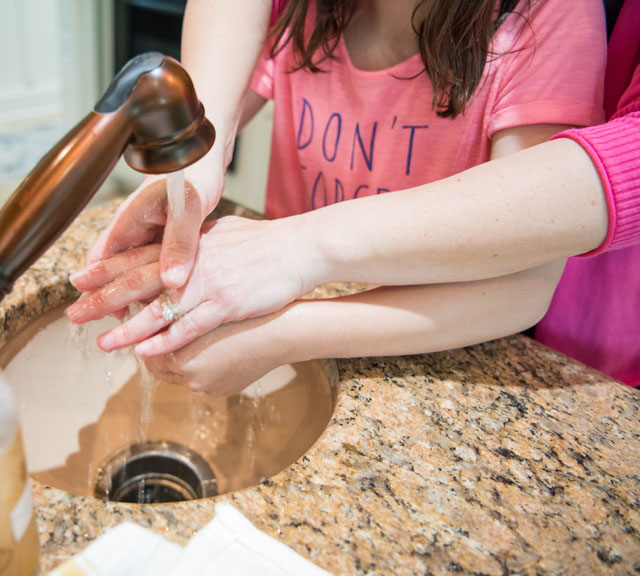The Red Rash of Fifth Disease: Mostly Harmless, Except…

Answer a few questions and we'll provide you with a list of primary care providers that best fit your needs.
If your child comes home from school with red cheeks on a chilly day, it could just be from the weather. Or she could have fifth disease, a mild viral illness also called erythema infectiosum.
Fifth disease is more common in children, but adults can get it, too. And while typically not harmful to children and most adults, fifth disease can be a concern for pregnant women and their babies.
What Causes Fifth Disease and Who Is at Risk?
Fifth disease, which is caused by a virus called parvovirus B19, usually spreads through the air via an infected person’s cough or sneeze. The illness is most common in toddlers and young school-age children, who often pick it up at school or other places where children congregate. The illness’s unusual name comes from being fifth on a list of common causes of childhood rash and fever.
But adults can get it, too. Adults most at risk are those with young children and those who work with young children — for example, as teachers or child care providers.
When Fifth Disease Can Be a Health Risk
Although fifth disease usually causes no complications, it can be a serious concern to some:
- Pregnant women. “If a pregnant mom has it (fifth disease) during the first trimester or early second trimester, it can spread to the fetus, which can develop what's called hydrops, which is a severe form of anemia and swelling,” says pediatrician Tammy Taylor, DO, of The Pediatric Group. “And it can be pretty significant and even lead to death.”
- A child or adult whose immune system has been weakened by leukemia, cancer, organ transplant or HIV infection. For these individuals, fifth disease can cause serious complications.
If you or your child come down with symptoms that point to fifth disease, call your doctor and get checked out.
Taylor advises expectant mothers with a child who has been exposed to fifth disease at daycare or school to “watch their kid closely for symptoms and follow up with their OB, because they will do ultrasounds and watch.”
Can It Be Prevented?
While there is no vaccine or medicine that can prevent fifth disease, there are easy steps you can take to keep the virus from spreading:
- Wash your hands often with soap and water
- Cover your mouth and nose when you sneeze
- Don’t touch your eyes, nose or mouth
- Avoid close contact with sick people
- Stay home when you are sick
Once you recover, you will develop immunity that generally protects you from future infections.
While typically not harmful to children and most adults, fifth disease can be a concern for pregnant women and their babies.
What Are the Symptoms?

In the early stages, your child may develop mild cold-like symptoms:
- Low fever
- Headache
- Runny nose
- Sore throat
- Itching
- Joint pain
After a week to 10 days, a bright red rash commonly appears on the face, called “slapped cheek” rash because of the way it looks. The rash can spread to a child’s arms, legs and torso.
Infected adults may have:
- Joint pain and swelling (the most common symptom, especially for women)
- Mild flu-like symptoms
Symptoms in both children and adults generally appear between four and 21 days after infection. Children are most contagious before the rash appears. “Once the rash develops, they're not really contagious anymore,” says Dr. Taylor.
How Is Fifth Disease Diagnosed and Treated?
Your pediatrician may be able to diagnose your child’s fifth disease just by seeing the red rash on her face. In some cases, a health care provider may give a child or an adult a blood test to see if the patient is susceptible or immune to the parvovirus B19 infection – or has recently been infected. This blood test can be especially helpful for pregnant women who may have been exposed to the virus.
Fifth disease is typically mild and will go way on its own. Treatment involves relieving symptoms like fever, itching and joint pain and swelling, and includes:
- Making sure your child drinks enough fluids
- Giving acetaminophen or ibuprofen for fever and aching joints
- Giving an antihistamine for itching
Answer a few questions and we'll provide you with a list of primary care providers that best fit your needs.
Source: Tammy Taylor, DO, The Pediatric Group; Centers for Disease Control (CDC); American Academy of Pediatrics; March of Dimes

